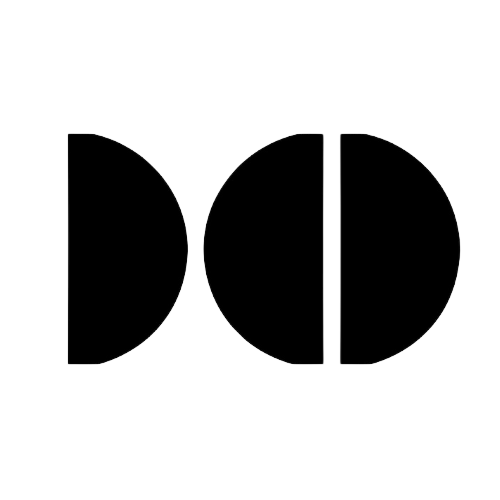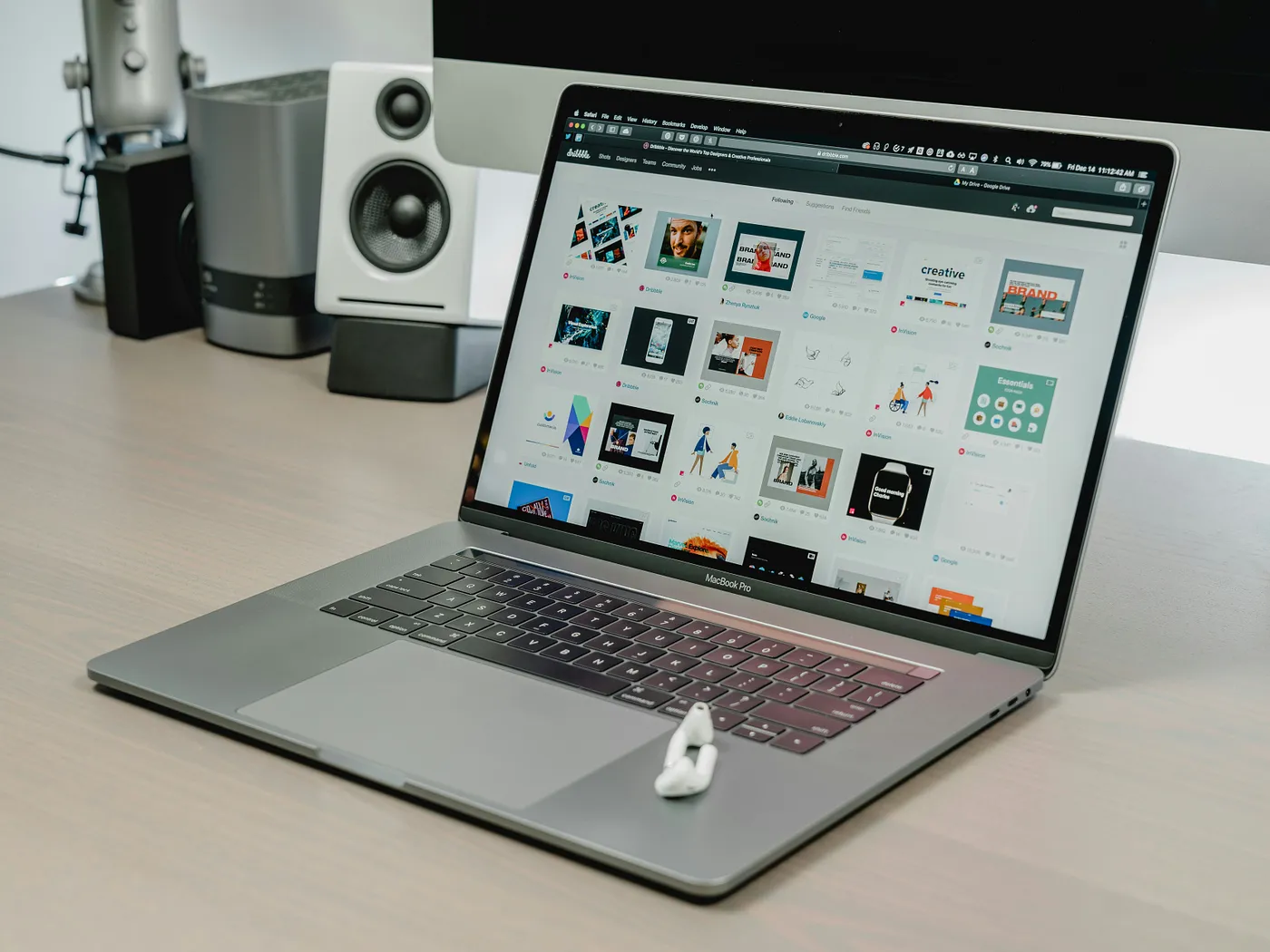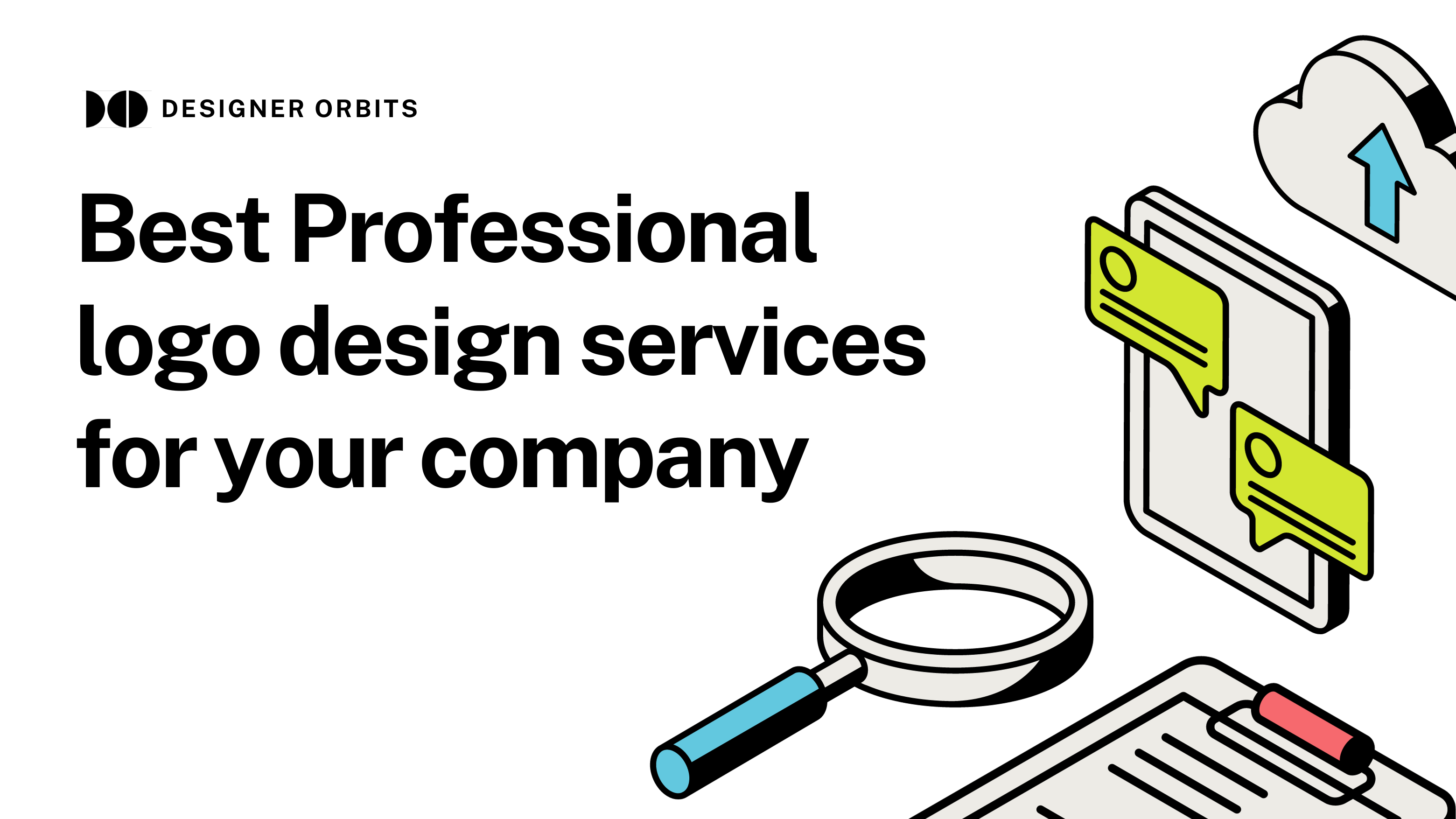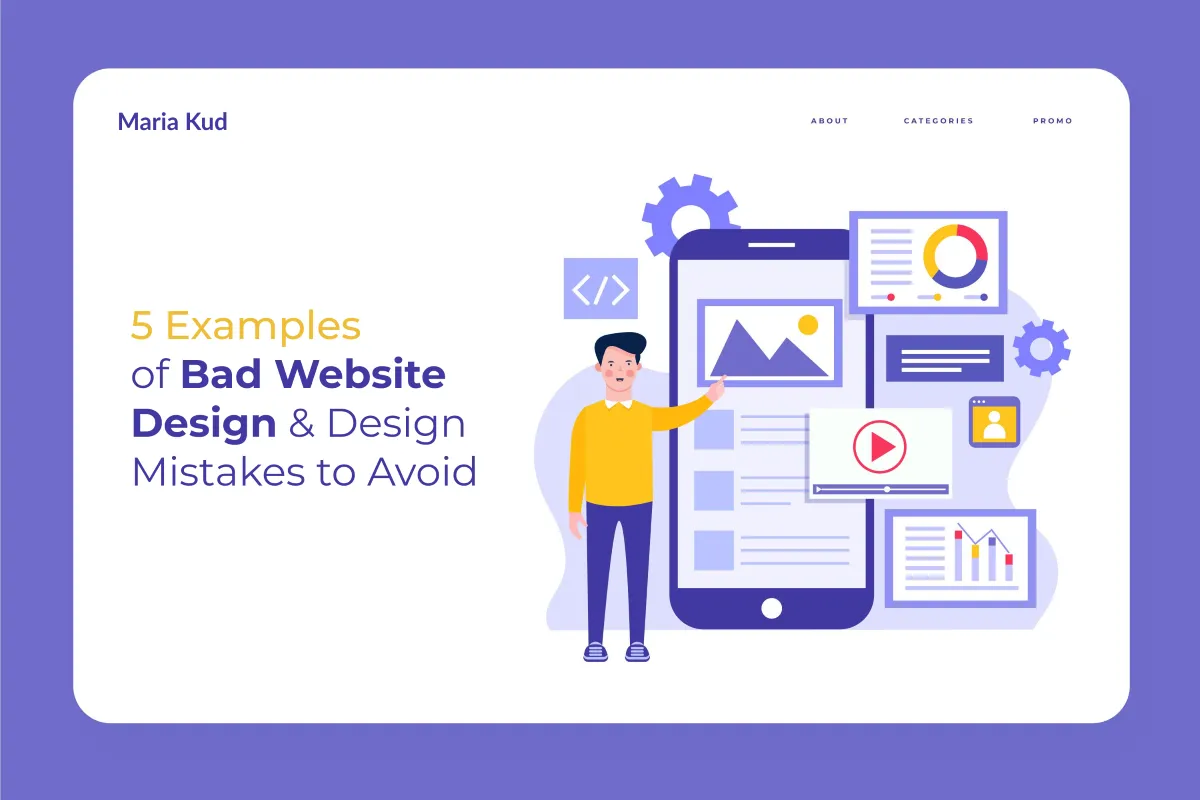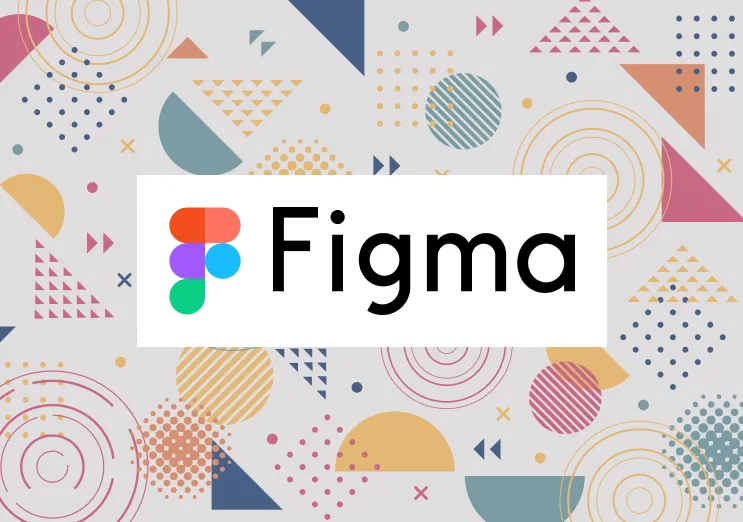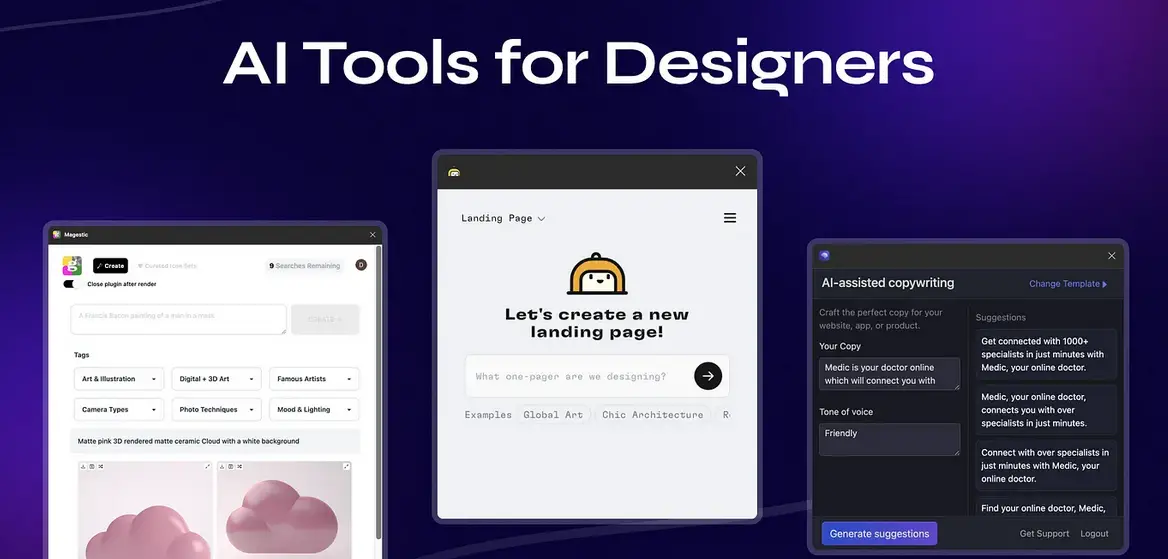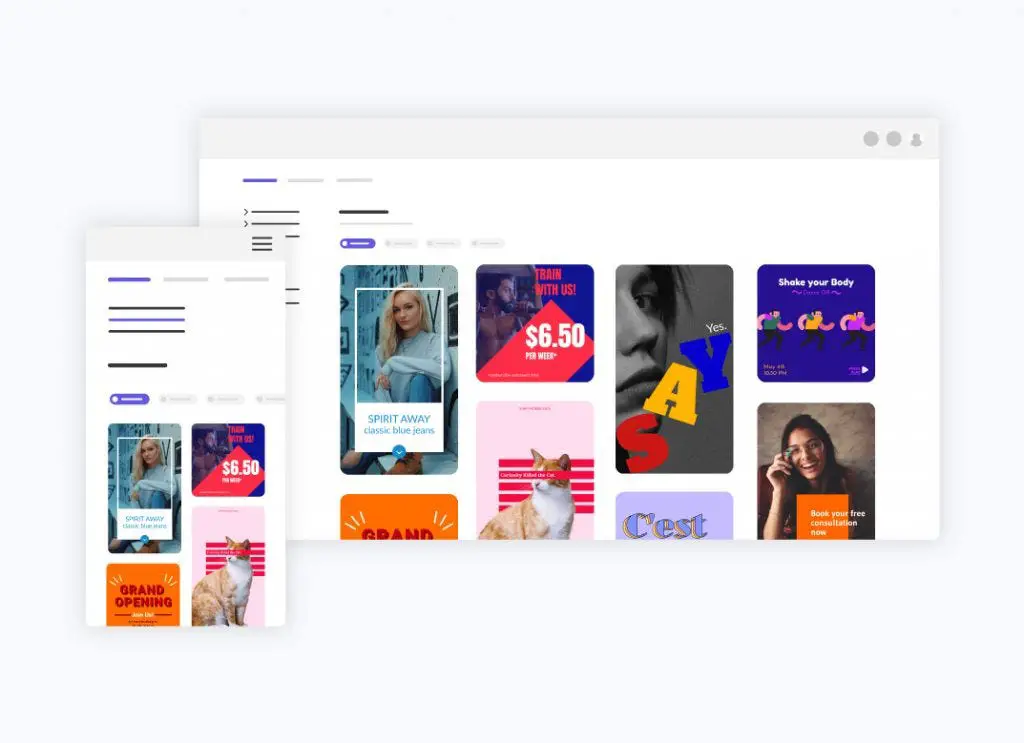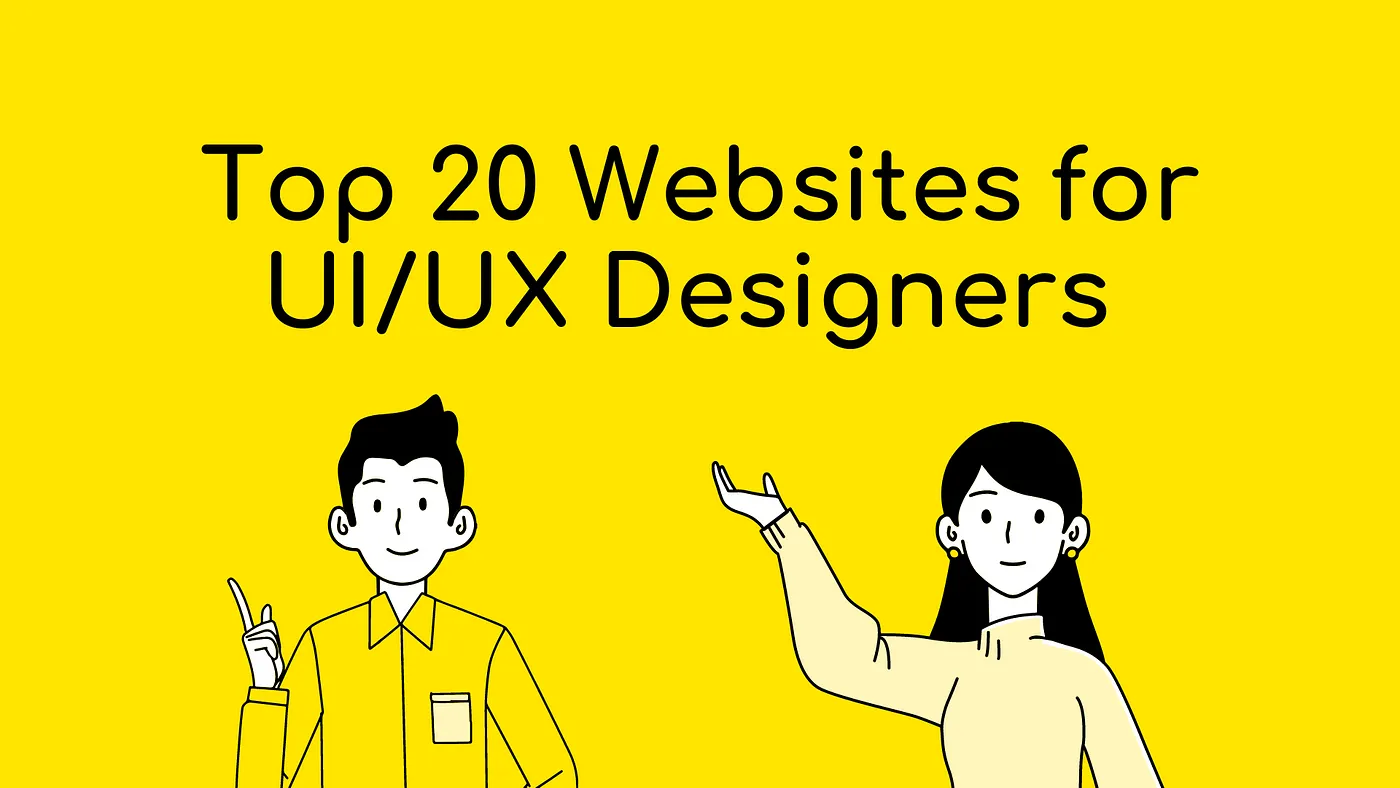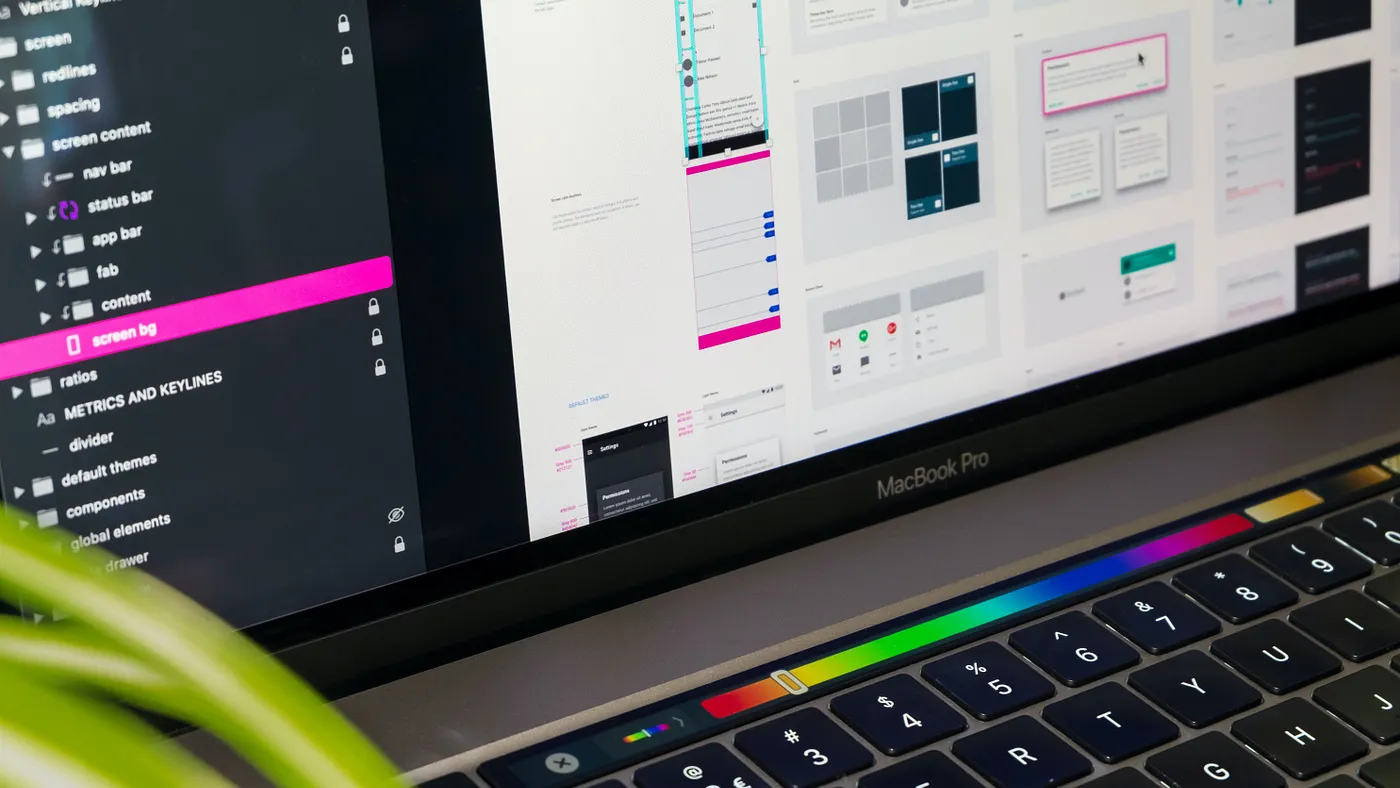The world of UX/UI is evolving faster than ever. Every year, designers push the envelope, but 2025? It’s shaping up to be a game-changer. With smarter tech, better tools, and ever-rising user expectations, digital experiences are heading into a bold new frontier. Whether you’re a designer, developer, or entrepreneur—keeping up with these trends isn’t just helpful, it’s essential.
1. Hyper-Personalized User Experiences
AI-Driven Personalization
Gone are the days of “one-size-fits-all” interfaces. Apps and websites are tapping into AI to deliver experiences that feel tailor-made. From customized product recommendations to UI elements that adapt based on how you use them, personalization is no longer optional—it’s expected.
Behavioral Analytics for Predictive Design
Platforms now track user journeys more intricately. Designers are using tools that analyze behavior patterns to predict what users might do next. The result? Interfaces that anticipate needs instead of just reacting to them.
Real-Time Content Adaptation
Think of a homepage that changes based on time of day, your mood, or even your previous purchases. That’s the kind of fluid, responsive UX people will come to expect in 2025.
2. Voice and Conversational Interfaces
Rise of Voice UI in Web and Mobile Apps
Typing? That’s so 2020. More apps are integrating voice UI, letting users interact hands-free. It’s especially game-changing for accessibility and multitasking.
Integrating Natural Language Processing
Thanks to advanced NLP, conversational UIs don’t just understand what you say—they get what you mean. Whether it’s scheduling an appointment or searching your files, the future is voice-first.
Conversational Microinteractions
Small, chat-like pop-ups that guide users with natural, friendly language are becoming the norm. Think chatbots, but smarter and way less robotic.
3. Immersive 3D and Spatial Design
3D Elements for Deeper Engagement
Flat design isn’t dead—but it’s getting some serious competition. 3D elements are adding depth, realism, and interactivity to apps and websites, making them feel more tactile and engaging.
Augmented Reality in Web UI
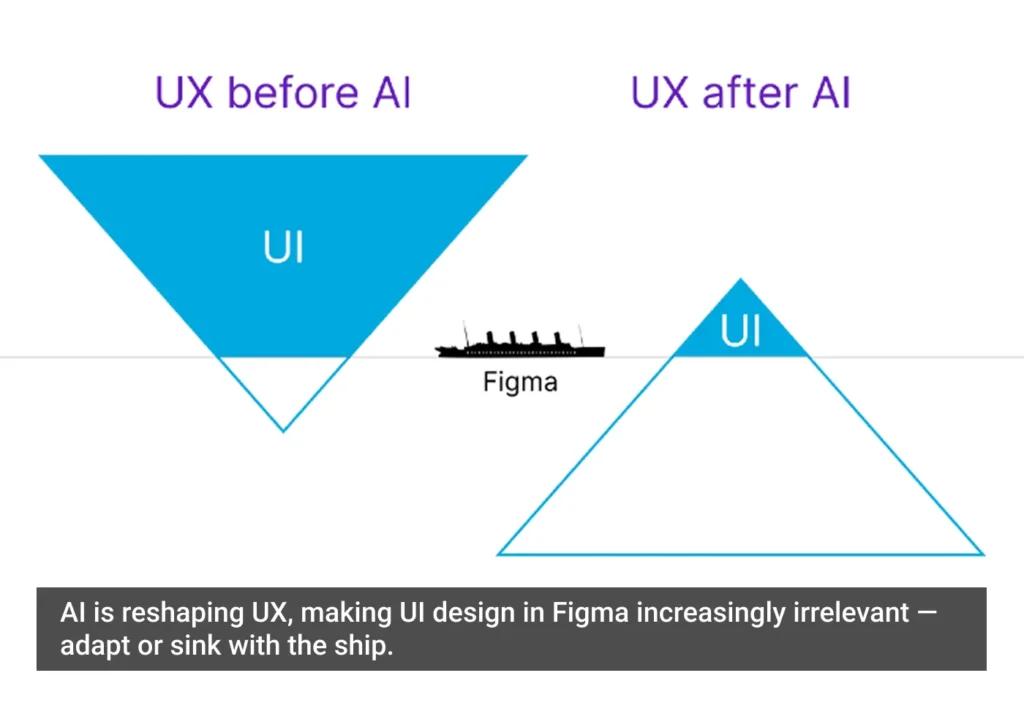
AR isn’t just for games anymore. Brands are using AR to let users preview furniture in their rooms or try on makeup virtually—directly from their browsers.
Interactive Storytelling with Motion Graphics
Storytelling is evolving. Motion graphics combined with scroll-based interactions are taking users on immersive journeys. It’s content that doesn’t just inform—it entertains.
4. Minimalism 2.0: Functional Simplicity
Focus on Micro-Actions

Instead of loading users with options, designers are embracing micro-actions—small, meaningful tasks that guide users without overwhelming them.
Fewer Clicks, More Intuition
Users want fast results. Minimalism 2.0 trims the fat and boosts UX by reducing friction. Think of it as design that thinks with you, not for you.
Accessible, Clean Layouts for All Devices
Simplicity meets inclusivity. Clean, easy-to-navigate layouts that work perfectly on every screen are no longer a bonus—they’re the baseline.
5. Sustainability-Centered Design
Dark Mode as Energy Saver
It’s not just a trend—it’s a power move. Dark mode reduces screen glare and saves battery life, especially on OLED displays. In 2025, it’s about more than looks—it’s about sustainability.
Low-Carbon UX/UI Practices
Eco-conscious design is rising. Designers are optimizing assets, minimizing code bloat, and choosing colors and media that consume less energy to render.
Ethical Design and Inclusivity
Good UX is ethical UX. Designs that respect privacy, reduce cognitive load, and include all user groups (including those with disabilities) are gaining traction fast.
Bonus Trend: Biometric and Gesture-Based UX
Fingerprint, Facial Recognition
Security meets convenience. More apps are adopting biometric authentication—not just for login, but for seamless in-app experiences.
Gesture Controls for Navigation
Wave, swipe, or nod—gesture control is entering mainstream UX. Think wearable tech, AR headsets, or even just your phone detecting subtle gestures.
Tools Empowering These Trends
Figma, Adobe XD, and New AI Integrations
Design tools are evolving too. Figma and Adobe XD now offer real-time collaboration, AI-assisted wireframing, and smart content generation.
AR/VR Prototyping Platforms
Tools like Adobe Aero and Unity are helping designers prototype spatial experiences without needing a full dev team.
Voiceflow and Chatbot UI Tools
Creating conversational flows has never been easier. These tools allow even non-coders to build rich voice and chatbot experiences.
How These Trends Benefit Businesses
Higher Conversions through Personalization
When users feel like an app “gets” them, they stick around—and they buy more. Personalized UX is a proven conversion booster.
Improved Retention with Immersive UX
Cool, immersive features don’t just wow users—they keep them coming back. In a competitive market, that’s priceless.
Real-Life Examples from Leading Brands
Spotify’s Predictive Playlists
Spotify nails personalization with daily mixes and mood-based playlists powered by your listening habits.
IKEA’s AR Room Planner
No more guesswork. IKEA’s app lets users drop virtual furniture into their living rooms before buying.
Google’s AI-Powered Voice Features
Google Assistant continues to set the bar for voice UI—smart, responsive, and oh-so convenient.
Challenges Designers Will Face
Balancing Innovation with Usability
Just because you can use flashy features doesn’t mean you should. The trick? Innovate without confusing your users.
Privacy Concerns in Personalization
Collecting data to personalize UX? Tread carefully. Transparency and opt-in policies are key.
Keeping Accessibility in Mind
Designing for everyone isn’t just good practice—it’s the right thing to do. Accessibility tools and audits are essential in 2025 and beyond.
Preparing for the Future

Upskilling in AI and AR Design
Tomorrow’s designers need new skills—fast. AI, AR, and voice UI are becoming core competencies.
Staying Ahead with User Research
Trends come and go, but good user research? That never goes out of style.
Conclusion
2025 is bringing some serious innovation to the world of UX/UI. From hyper-personalized experiences to eco-friendly design practices, the future is smart, immersive, and user-first. Designers who stay agile, embrace new tech, and keep users at the heart of their process will thrive. The rest? They’ll be left behind.
FAQs
Q1: What is the biggest UX trend in 2025?
A: Hyper-personalization using AI is leading the charge. Users expect experiences tailored just for them.
Q2: How is AR affecting UI design?
A: AR is making interfaces more interactive and context-aware—especially in retail and real estate.
Q3: Why is sustainable design important in UX?
A: It reduces digital carbon footprints and aligns with growing user demand for eco-conscious products.
Q4: Are voice interfaces replacing traditional UI?
A: Not completely, but they’re becoming a major complement, especially for multitasking and accessibility.
Q5: How can I prepare for future UX trends?
A: Stay curious, learn AI/AR basics, and always prioritize your users’ needs.
